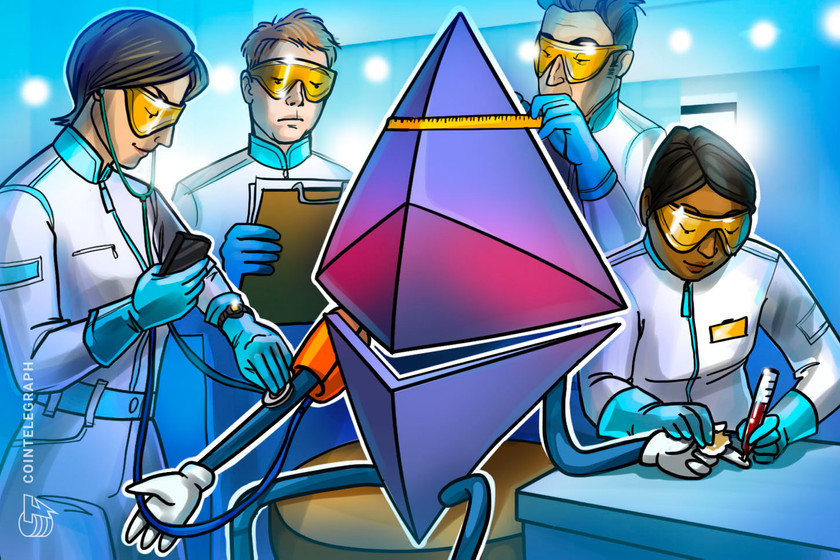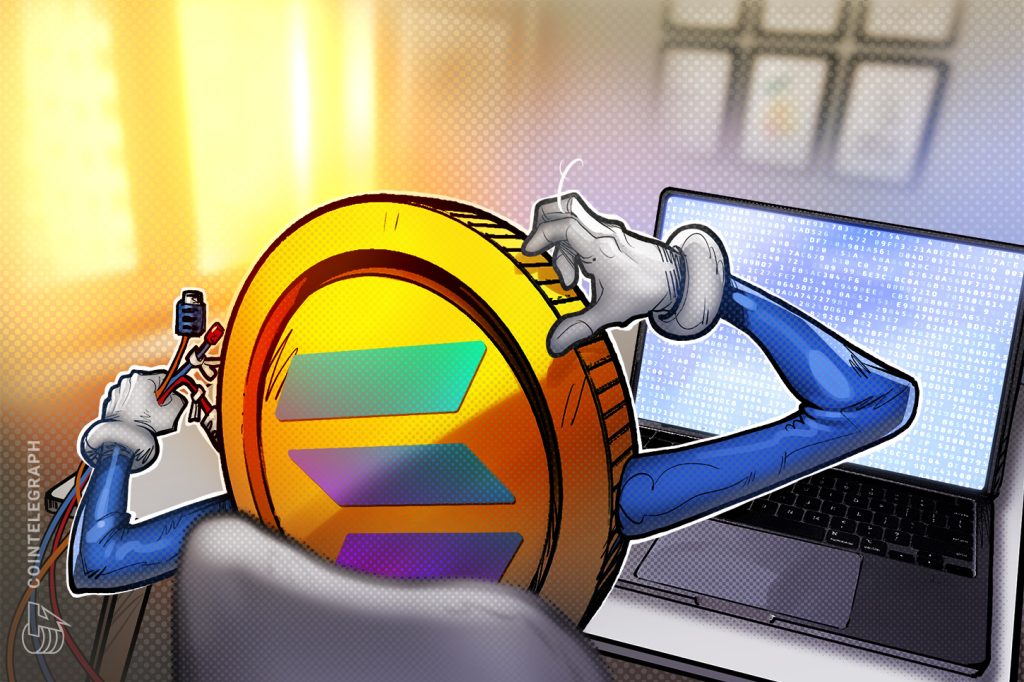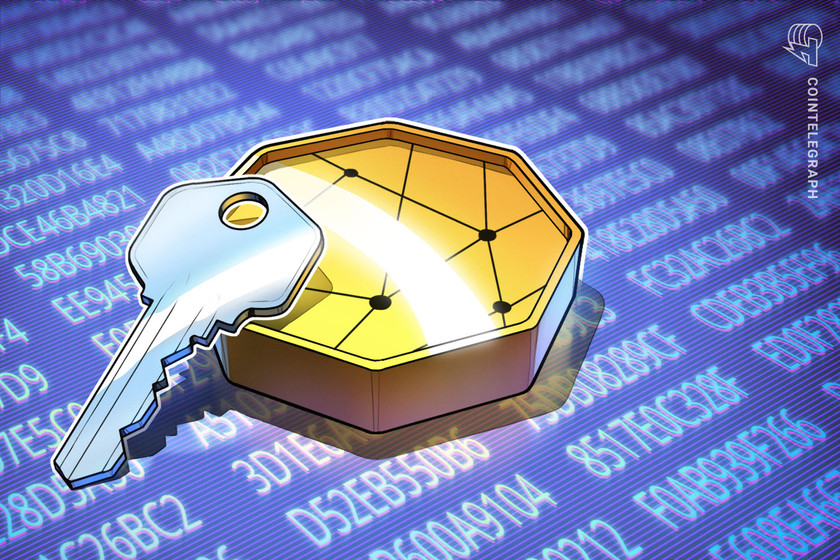3 key Ethereum price metrics cast doubt on the strength of ETH’s recent rally


ETH’s price is showing strength, but network and derivatives data suggest that ETH will struggle to hold the $1,850 price level.
Ether’s (ETH) price had been battling the $1,850 resistance level, but it broke through on April 4 when Ether rallied to a seven-month high above $1,900. Recently there has been a lot of speculation on Ether price catalysts. Let’s see if it’s possible to identify any fundamental factors behind the price movement.
The upcoming Shanghai hard fork could be one factor in Ether’s recent bullish momentum. On April 12, the ability for validators to withdraw their deposits opens, giving staking participants freedom of movement but also creating a sell-off risk for Ether.
There are now 17.81 million ETH staked on the Beacon Chain, though some safeguards have been put in place to prevent a flood of Ether from disrupting the market. For example, because there is a daily limit of 2,200 withdrawals, the maximum daily unlocks are 70,000 ETH.
Scalability and selfish validator risks are still present
The upcoming Shanghai fork, however, does not address some of the most pressing issues currently plaguing the Ethereum network. Scalability continues to be a major issue for most users, as the average transaction fee has hovered around $5 in recent weeks, driving users away from decentralized applications (DApps).
Furthermore, the current consensus mechanism favors rogue miners who outperform other network participants, a phenomenon known as miner extractable value (MEV). They can quickly duplicate all winning deals from the mempool and execute their transactions ahead of others by ultimately deciding which transactions are completed in the block.
A recent example, highlighted on April 3 by security firm CertiK, resulted in $25 million in losses to arbitrage bots that were attempting to purchase and flip tokens in a short period of time for a profit as a selfish validator replaced the transactions.
Over the last 30 days, the top 10 DApps running on the Ethereum network saw an 18% drop in active addresses, possibly reflecting investor dissatisfaction with the ongoing issues with miners front-running and high transaction costs.


Let’s look at Ether derivatives data to understand if the $1,850 level can effectively become a support according to ETH investors’ sentiment.
ETH derivatives show no improvement despite the price rally
The annualized three-month futures premium should trade between 5% and 10% in healthy markets to cover costs and associated risks. However, when the contract trades at a discount (backwardation) versus traditional spot markets, it shows a lack of confidence from traders and is deemed a bearish indicator.


Despite ETH’s 35% rally in 25 days, the Ether futures premium has been unable to break above the 5% neutral threshold. However, the absence of leverage longs demand does not always imply an expectation of negative price action. As a result, traders should examine Ether’s options markets to understand how whales and market makers price the likelihood of future price movements.
The 25% delta skew is a telling sign when market makers and arbitrage desks are overcharging for upside or downside protection. For instance, in bear markets, options investors give higher odds for a price dump, causing the skew indicator to rise above 8%. On the other hand, bullish markets tend to drive the skew metric below -8%, meaning bearish put options are in less demand.
Related: Ethereum projects unite to protect users from MEV-induced high prices


Since April 1, the delta skew has been close to zero, indicating a similar demand for protective put options and neutral-to-bearish call instruments. Since March 22, when Ether options last showed extreme optimism, this has been the norm.
Even after adjusting for the additional negative pressure from the Shanghai hard fork token unlock, Ether faces serious problems due to scalability and transaction front-runs. As a result, derivatives and on-chain DApp metrics increase the likelihood of ETH falling below $1,850.
Magazine: ‘Account abstraction’ supercharges Ethereum wallets: Dummies guide
The views, thoughts and opinions expressed here are the authors’ alone and do not necessarily reflect or represent the views and opinions of Cointelegraph.
This article does not contain investment advice or recommendations. Every investment and trading move involves risk, and readers should conduct their own research when making a decision.

























